

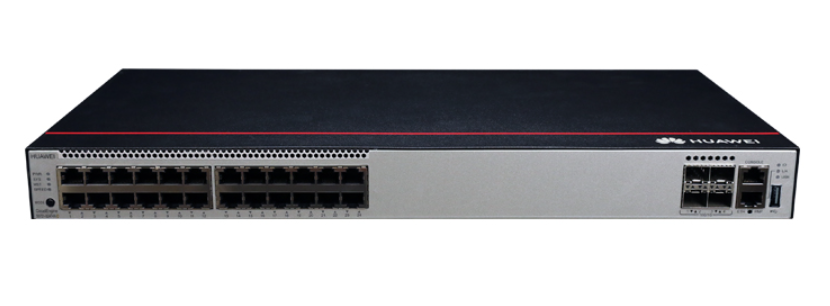



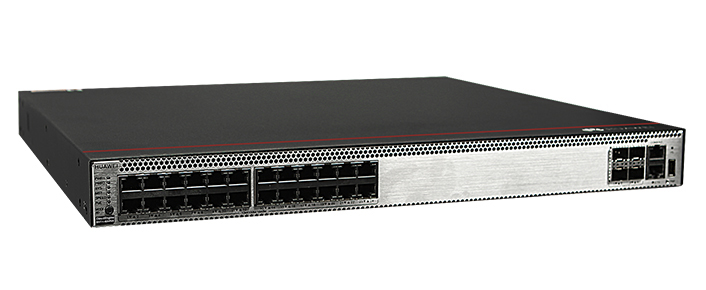
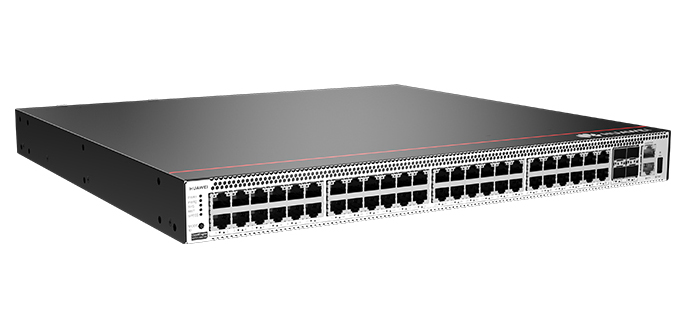
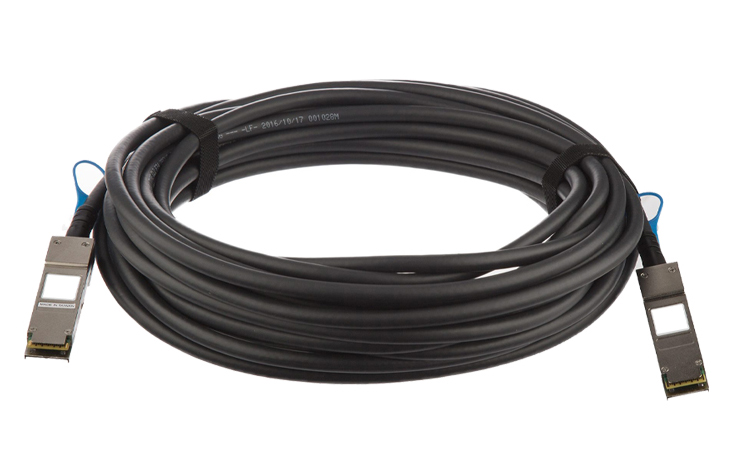

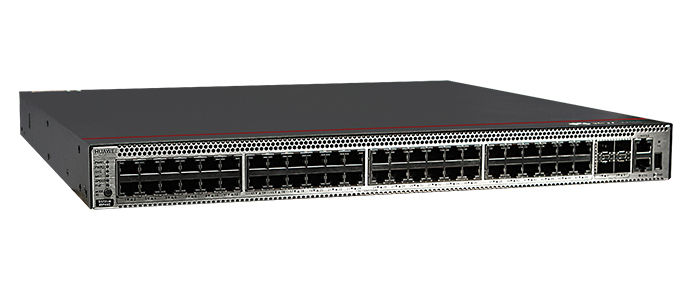
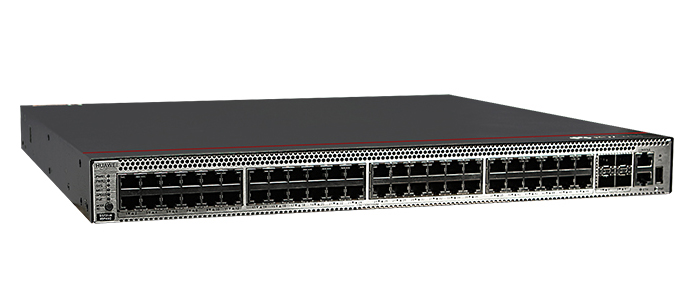
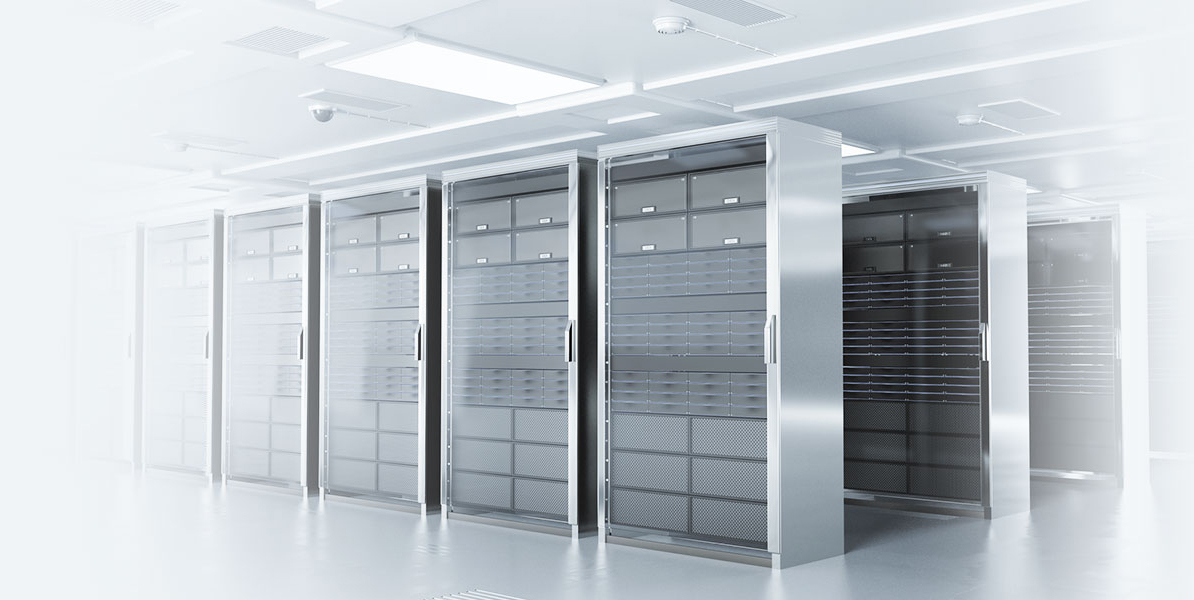
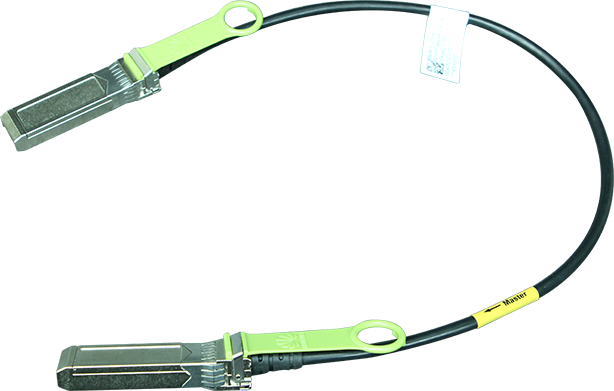
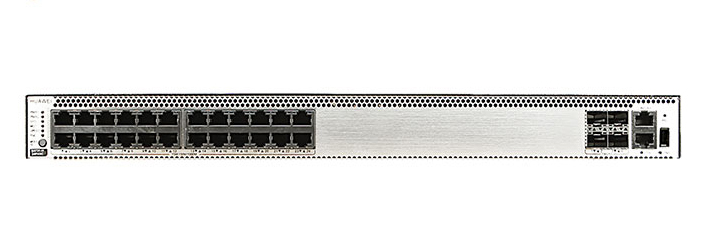
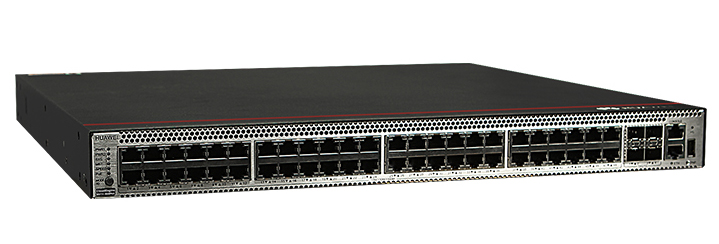
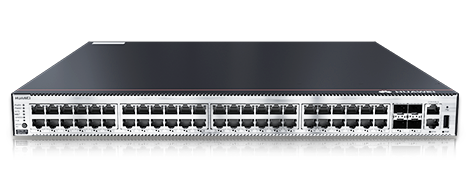

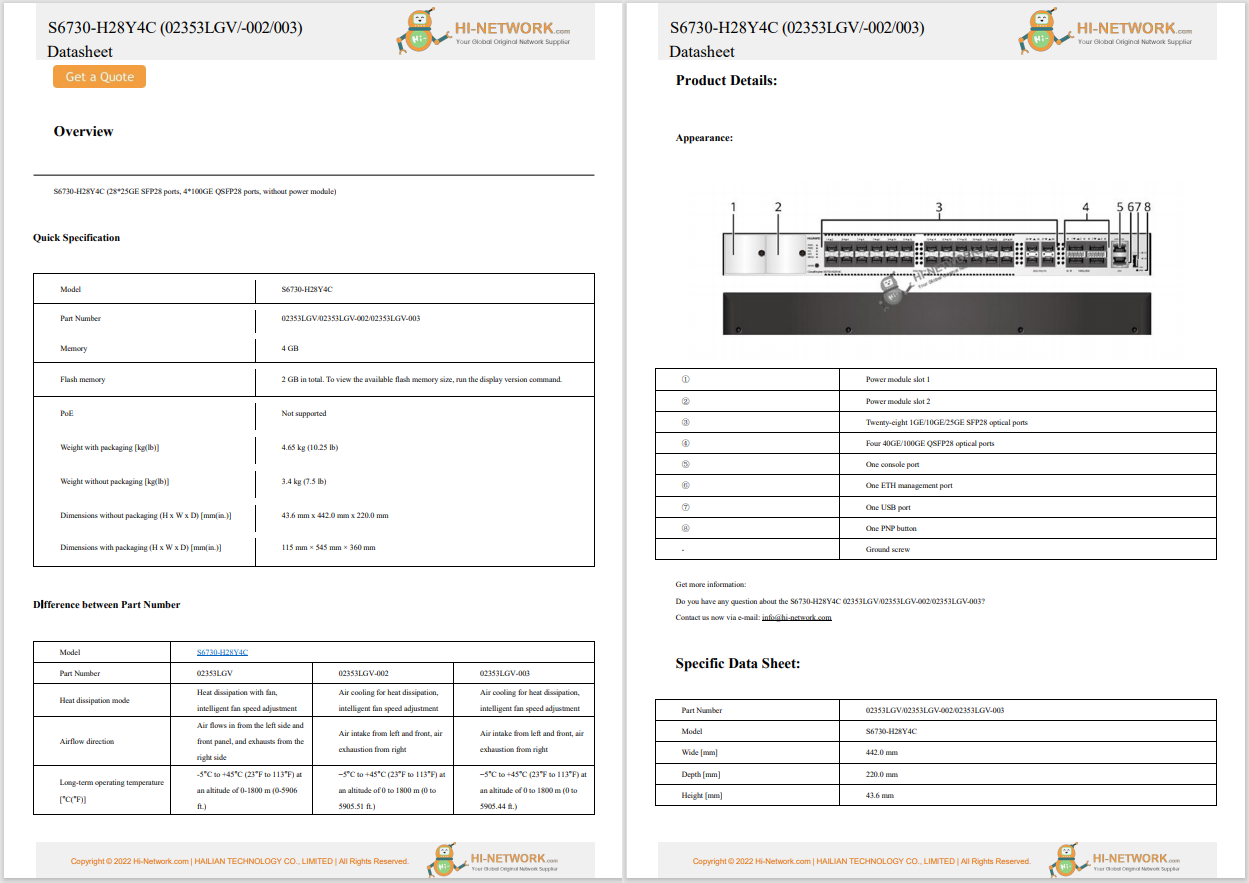

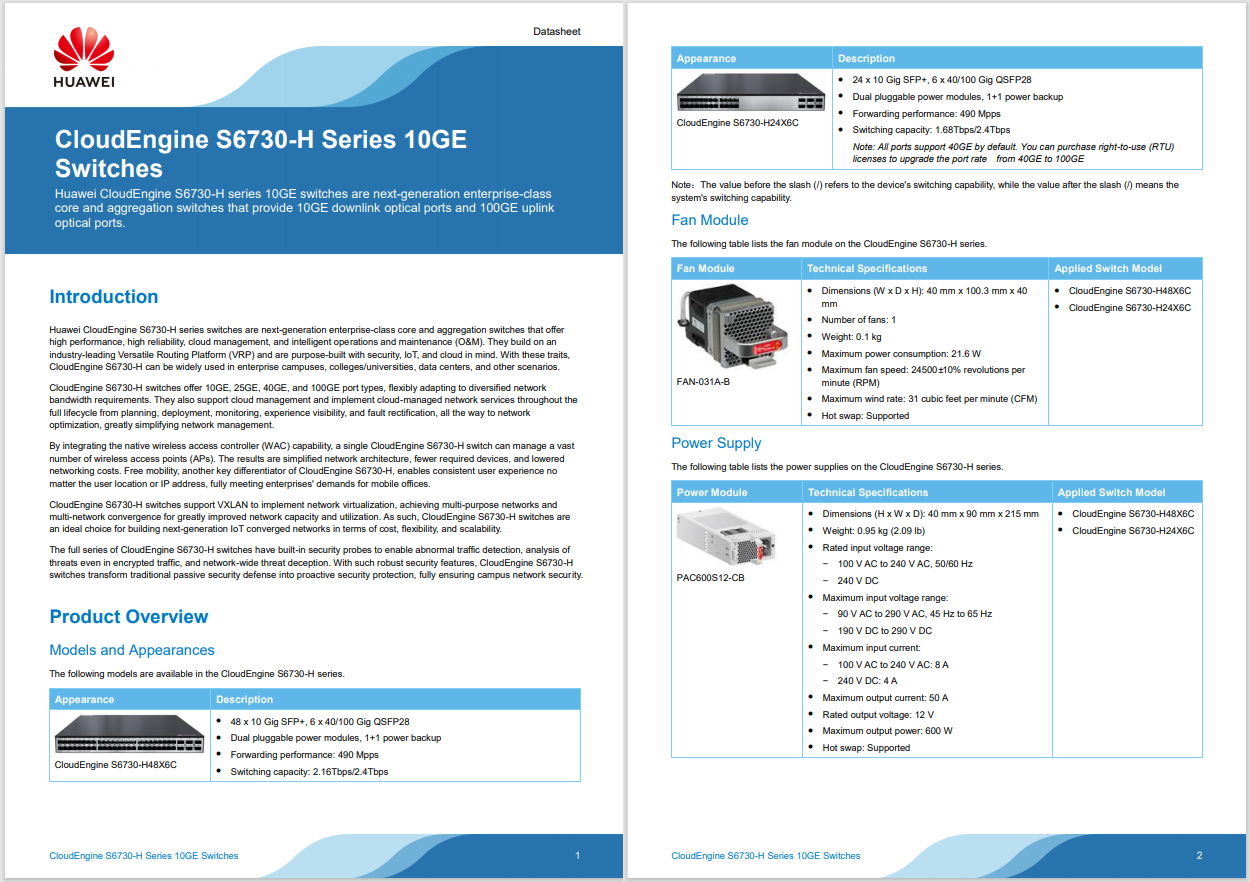
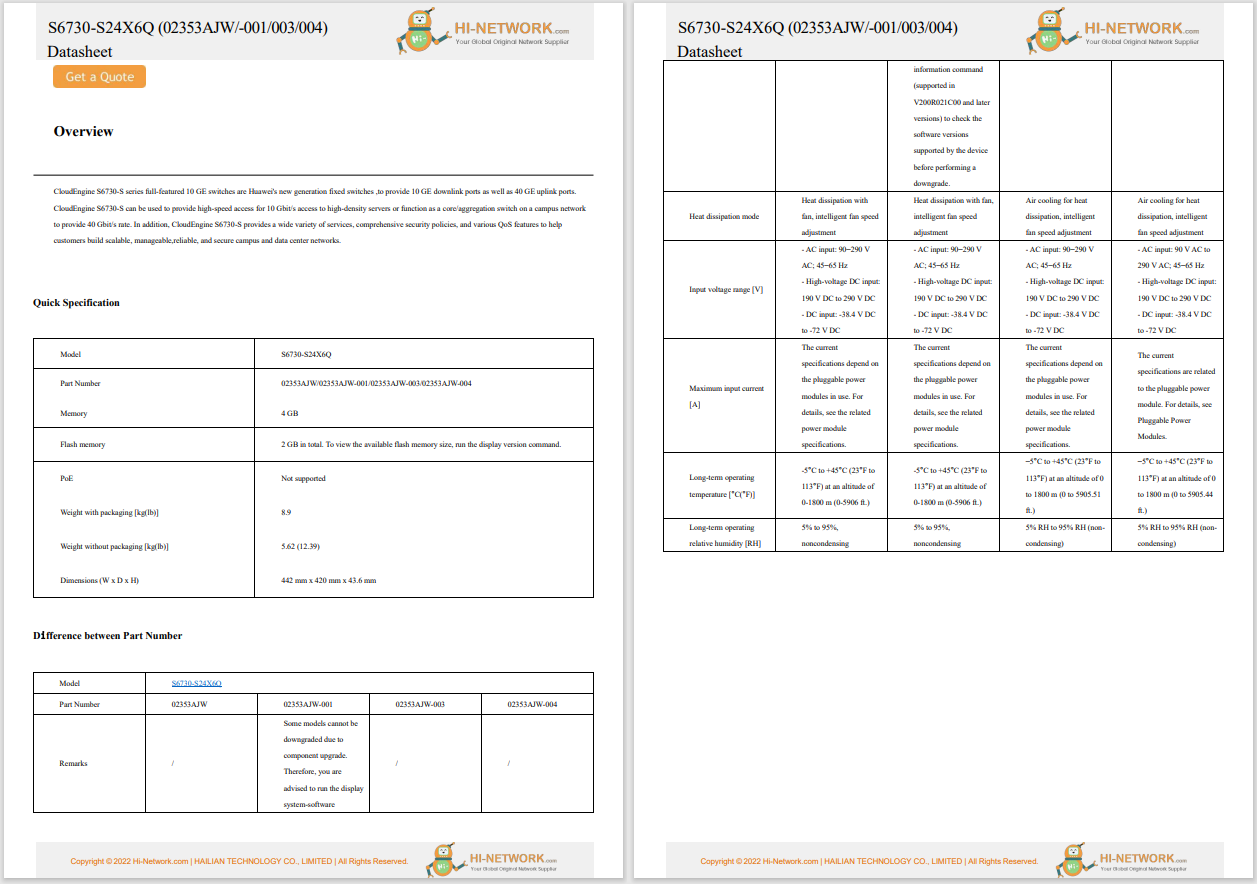


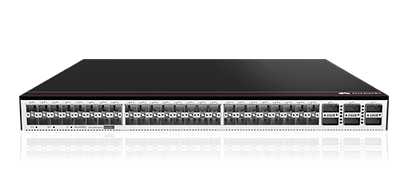
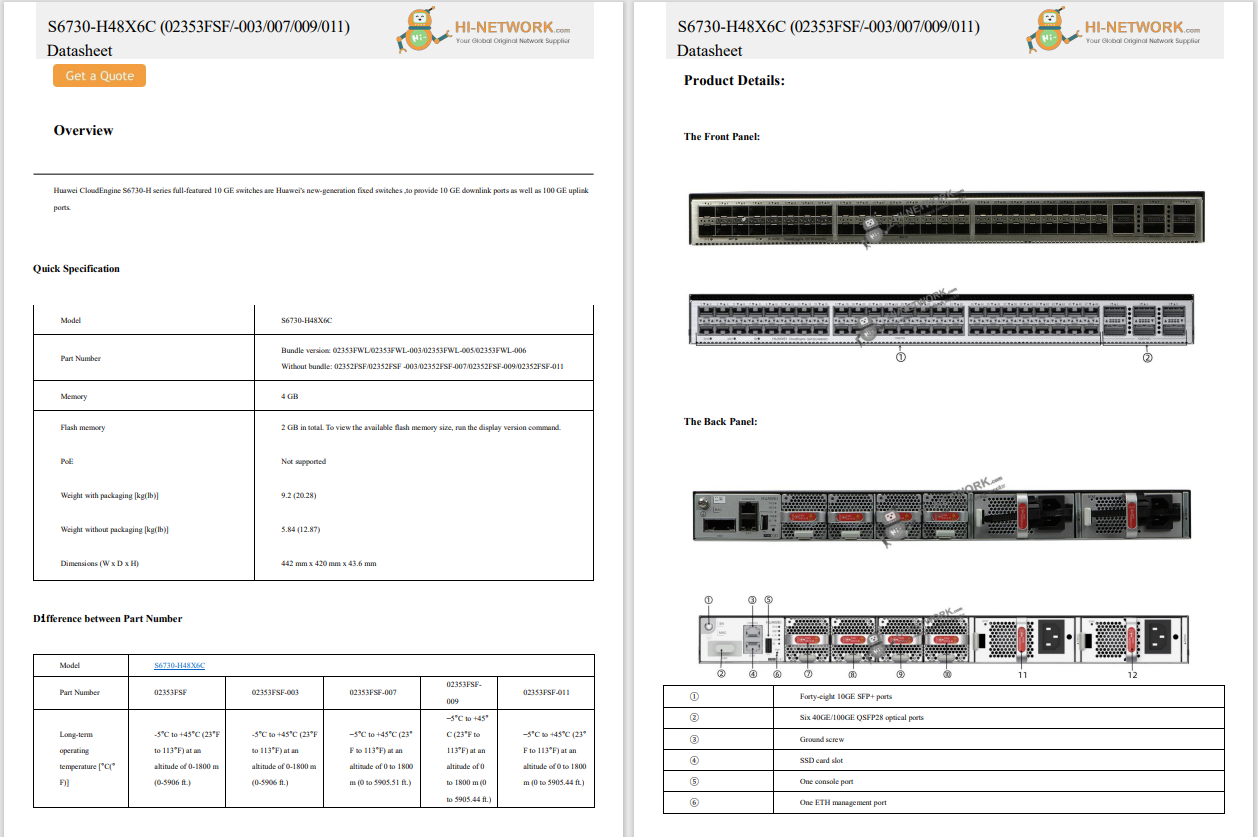
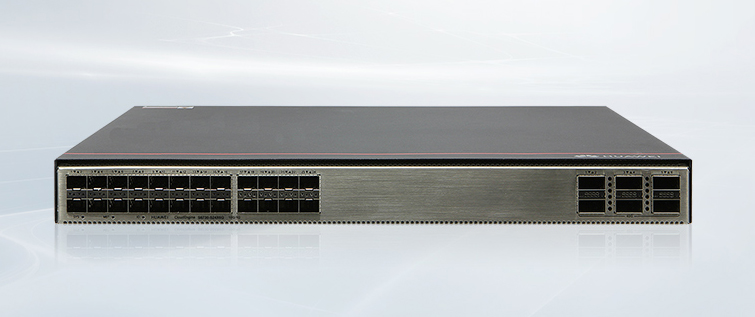



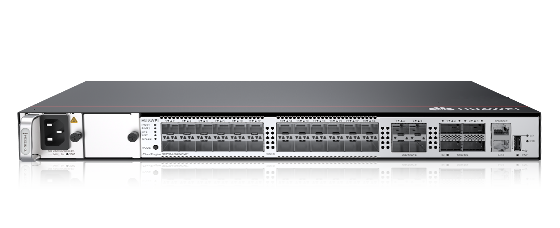
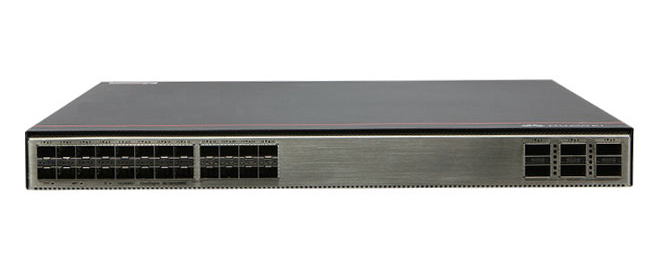

The stock market collapse in January, prompted by the sudden fervor for the Chinese artificial intelligence (AI) breakthrough DeepSeek AI, and its apparently much cheaper computing approach, might make you think that companies are dramatically reducing their spending on chips and systems for AI.
A generative AI conference on Wednesday in New York, hosted by the Bloomberg Intelligence unit ofBloomberg, left me with the opposite impression: the hunger to expand the use of generative AI is so great that spending is set to continue to drive enormous investment.
Also: What is DeepSeek AI? Is it safe? Here's everything you need to know
Titled "Generative AI: Scaling Laws Post DeepSeek," the daylong event featured constant references to how demand will drive greater spending.
"We had ten panels today, and not a single person on those panels said we have more capacity than we need," said Mandeep Singh, a senior technology analyst with Bloomberg Intelligence, and an organizer of the event.
"And no one was talking about a bubble" in infrastructure, added Singh.
"The most important question right now in front of everybody is the AI infrastructure build. Yeah. Where are we in that cycle?" Anurag Rana, Singh's colleague at Bloomberg Intelligence, and the senior IT services and software analyst, told me.
"Nobody knows" for certain, said Rana. However, the hope raised by DeepSeek AI is that a lot of work can be done with less expense.
"DeepSeek shook a lot of people," he said. "If you are not needing that many GPUs to run models, then why do we need$500 billion for the Stargate project," he observed, referring to a planned US AI project run by Japan's SoftBank Group, OpenAI, and database giant Oracle.
Everyone in the industry, said Rana, hopes that AI costs will come down rapidly just like the cost of cloud computing dropped.
Also: Is DeepSeek's new image model another win for cheaper AI?
"That drop in the cost curve, which probably took six, seven, eight years to store one terabyte of data in Amazon AWS, when it started versus today, the economics were good," he said. "And that's what everybody's hoping, that on the inference side" of AI, "if the curve falls to that level, oh my god, the adoption rate on AI on the end-user side of it, or, the enterprise side of it, is going to be spectacular."
Singh agreed that DeepSeek AI's moment has "changed everyone's mindset about achieving efficiency."
That was certainly my impression of the day's proceedings. Numerous panels focused on enterprise AI projects, from the conceptual stage to finally putting them into production. However, panelists also talked about the need to bring the costs of serving AI down dramatically in order to expand access.
"I don't think DeepSeek was a surprise," said Shawn Edwards, Bloomberg's chief technologist, in an interview with David Dwyer, the head of Bloomberg Intelligence. "What it made me think is that it would be great if you could wave a wand and have these models run incredibly efficiently," he said, meaning,allAI models.
One of the reasons many panelists expect more AI infrastructure investment, not less, is because of the proliferation of AI models. A theme throughout the day was that there won't be oneAI model for all tasks.
"We use a family of models," said Edwards. "There is no such thing as a best model."
Panelists agreed that while "foundation" or "frontier" large language models will continue to be developed, individual enterprises may use hundreds or even thousands of AI models.
Also: The rise of AI PCs: How businesses are reshaping their tech to keep up
These models might be trained on a company's proprietary data via fine-tuning, the act of re-training a neural network after its initial "pre-training" on generic data.
"Agents in enterprise require optionality among the models," said Jed Dougherty, the head of platform strategy for venture-backed data science firm Dataiku. "They need the ability to control and create, and to have auditability" of AI models.
"We want to put the tools to build these things in the hands of people," he said. "We don't want ten PhDs building all the agents."
In a similar spirit, design tools maker Adobe is betting that custom models will be a key use case in the new age of creatives. "We can train custom model extensions for your brand that can be a help for a new ad campaign," said Adobe's head of new business ventures, Hannah Elsakr, in a chat with Bloomberg TV anchor Romaine Bostick.
As with AI models, the proliferation of AI agents inside companies is increasing the processing demand, many speakers suggested.
"You won't cram a whole process into one agent, you'll break it up into parts," said Ray Smith, Microsoft's head of Copilot Studio agents and automation.
Through a single interface, predicted Smith, such as Copilot, "we will interact with hundreds of agents -- they are just apps in the new world" of programming.
"We will give the agent the business process, tell it what we want to accomplish," and the agent will carry out tasks. "Agentic apps are just a new way of workflow," he said.
Also: Nvidia dominates in gen AI benchmarks, clobbering 2 rival AI chips
Such everyday scenarios are "all technologically possible," said Smith, "it's just the pace at which we build it out."
The trend to get AI "agents" to more people in an organization is further demanding a cost reduction, said James McNiven, the head of product management for microprocessor maker ARM Holdings, in a chat with Bloomberg's Hyde.
"How do we provide access on more and more devices," he posed. "We are seeing models at a PhD-level" of task capability, he said.
Such agents need to be an assistant to humans, he suggested, making the comparison to when payment systems were brought to developing countries a decade ago via mobile phones: "How do we get that to people who can use that ability?"
Even the generic foundation models are proliferating at an amazing rate.
Amazon AWS has 1,800 different AI models available, Dave Brown, the head of AWS computing and networking, told Bloomberg TV anchor Caroline Hyde. The company is "doing a lot to bring down the cost" of running the models, he said, including developing custom AI chips, such as Trainium.
AWS is "using more of our own processors than other companies' processors," said Brown, alluding to Nvidia, AMD, Intel, and other general-purpose chip suppliers.
Also: ChatGPT's new image generator shattered my expectations - and now it's free to try
"Customers would do more if the cost was lower," said Brown.
AWS works daily with Anthropic, makers of the Claude language model family, noted Brown. Anthropic head of application programming interfaces Michael Gerstenhaber, in the same chat with Hyde, noted that "Thinking models cause a lot of capacity to be used," referring to the trend of so-called reasoning models, such as DeepSeek R1 and GPT-o1, to output verbose statements about the arguments for their final answers.
Anthropic is working closely with AWS on ways to trim the compute budget, such as "prompt caching," storing the computations from prior answers.
Despite that trend, he said, "Anthropic needs hundreds of thousands of accelerators," meaning, AI-focused silicon chips, "across many data centers" to run its models.
In addition, the spiraling energy cost of powering AI shows no sign of slowing, said Brown. Current data centers are consuming hundreds of megawatts, he noted, and will eventually require gigawatts. "The power it consumes," meaning AI, "is large, and the footprint is large in many data centers."
Also:Global AI computing will use 'multiple NYCs' worth of power by 2026, says founder
Despite the ambitious scenarios, one condition could upend all the use cases and investment plans: the economy.
As the conference was drawing to a close Wednesday evening, panelists and guests were checking the after-hours plunge in the stock market. US President Donald Trump, in a Rose Garden ceremony, had just unveiled a global package of tariffs that were larger and far more sweeping than most on Wall Street had anticipated.
Traditional areas of tech investment, such as servers and storage, and not AI, could be the initial victims of any economic contraction, said Bloomberg's Rana.
"The other big thing we are focused on is the non-AI tech spending," he said regarding the tariffs. "When we look at the likes of IBM, Accenture, Microsoft, and all the others, when we just put aside AI for a second, that is something that is going to be a struggle going into this earnings season."
CFOs of major companies could prioritize AI, and shift funds, even if they have to trim their budgets amidst economic uncertainty and recession, should it come to pass, he told me.
That rosy view is by no means guaranteed, however.
"The thing I'm most interested in finding out, is, if all these large companies are going to keep their cap-ex [capital spending] targets intact," said Rana, including AI data centers, "or are they going to say, You know what? It's too uncertain."
 Tags quentes :
Inovação
Tags quentes :
Inovação